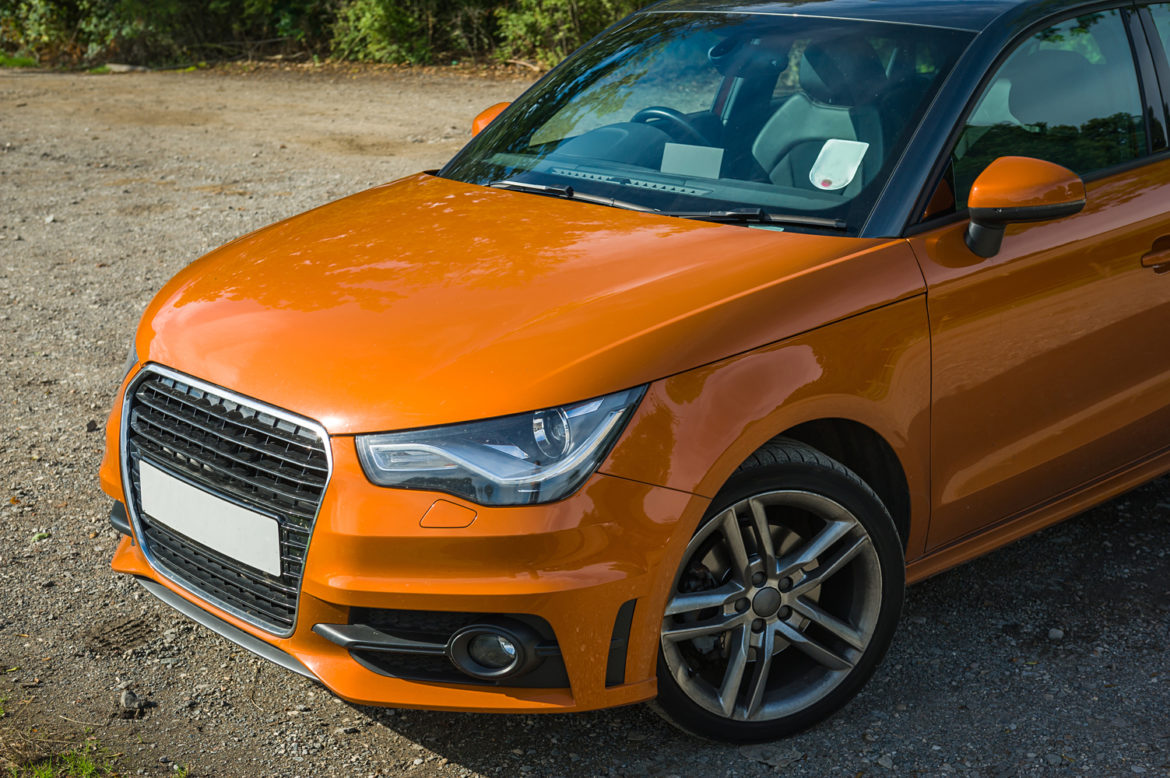Crossover originally described a vehicle that was a cross between a car and an SUV. Not anymore. Today of over 100 models being sold; only 13 are SUVs as per the original definition. Almost every SUV sold, then, is a crossover. But let’s look beyond the traditional definition and ensure that you can buy the vehicle you need.
Today, some crossovers feel and ride like trucks. And some SUVs are amazing to drive. The traditional body-on-frame SUVs usually have better towing and hauling capabilities, but that’s what you should look at if you want a tow vehicle. But not all full-size SUVs are traditional SUVs. The Chevy Traverse, for example, features a unibody construction. But would you call something that’s 17 feet long and weighs over 4,300 points a car-based crossover?
People also believe that unibody based vehicles are rubbish off-road. But, the entire Land Rover lineup, all Jeeps except the Wrangler, and the Dodge Durango have a unibody. A unibody version of the Mitsubishi Pajero even won the Dakar Rally seven times. Sometimes unibody off-roaders have ladder-type reinforcements. Some don’t. But we suppose with the wide range of exceptions, capabilities and offerings terms like SUV, CUV, and crossover are all pointless now.
But if you need to find some difference between crossovers and SUVs, there are some characteristics you should look at. Mind you, these are only suggestive and today cannot guarantee a difference. Check specs like fuel economy, tow ratings, payload ratings, off-road features, and capabilities. Check characteristics like roominess for the vehicle’s external size, ease of egress and ingress, ride comfort, and handling.
Traditional SUVs tend to be annoyingly snug for their external size, whereas crossovers utilize space far more effectively. Fuel efficiency is still a place where traditional SUVs are at a huge disadvantage. Traditional SUVs are typically better off-road, but there are major exceptions to that rule too.
The best thing to do is climb inside one and drive it. See what they’re like and what they’re capable of. Technology changes over time, and it changes everything it touches. Look at the details instead of relying on the labels. Especially because as time goes by, those labels are getting more and more obsolete.
